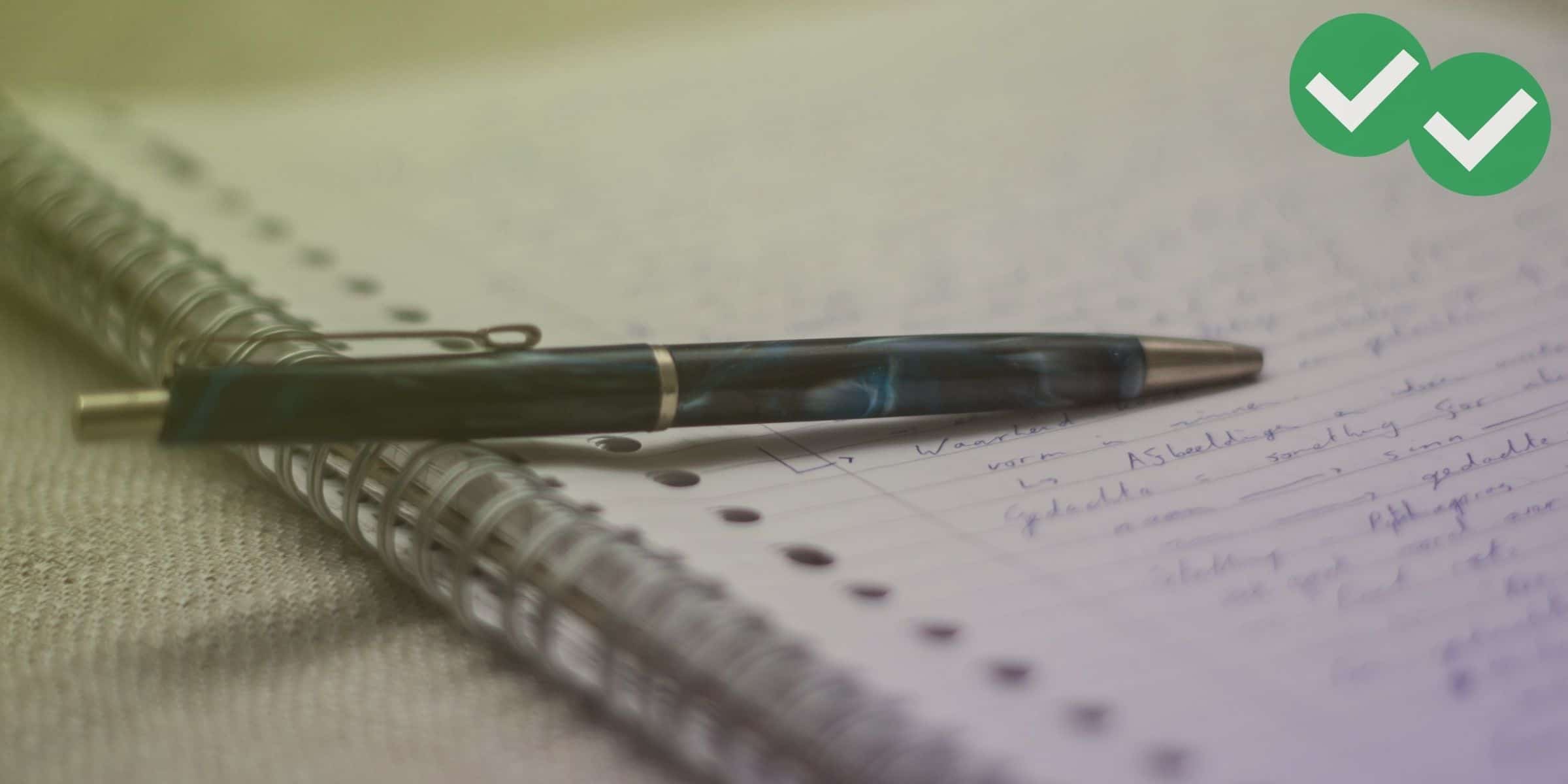Assuming you spend the first few moments brainstorming mentally, you’ll need to spend some time writing a plan for what content you actually want to include. The goal of planning is to narrow down your focus, choose the strongest arguments, and decide how to structure your essay so that once you start writing, the words and ideas will flow naturally.
On the TOEFL, you’ll probably use about two minutes to plan your essay. That’s not much time, so it’s a good idea to practice both untimed and timed essay planning. The former will refine your skills (like the ideal-condition brainstorming I wrote about in a previous post) so that good essay planning will become an automatic process; the latter will help you learn how much you really need to plan in order to create an effective essay so you don’t waste time.
Essay structure
Most essays have an introduction, a body, and a conclusion. Typically, there is one paragraph each for the introduction and conclusion, and a minimum of three paragraphs in the body. On the TOEFL, however, you probably won’t have time for a five-paragraph essay unless you have superhuman writing skills. We highly recommend using two body paragraphs for the independent essay (for a total of four paragraphs) and one or two body paragraphs for the integrated essay, possibly skipping the conclusion, too (for a total of two or three paragraphs).
The planning stage
Now that you’ve decided on the basic structure of your essay, let’s talk about planning what you’re actually going to write. First, pick the best ideas from your brainstorm. You’ll want two—one for each body paragraph. They will both relate to the same main idea (which you’ll write about in the introduction paragraph). On the computer—not on your note paper—write your thesis and arguments quickly. They don’t have to be full, perfect sentences—just write the ideas as quickly as you can. Include any background information and details that you can think of at the same time.
After you have two main ideas and some small details or thoughts, you should have enough of a framework to start writing! Above the notes, start your actual writing, using full sentences and careful grammar.





